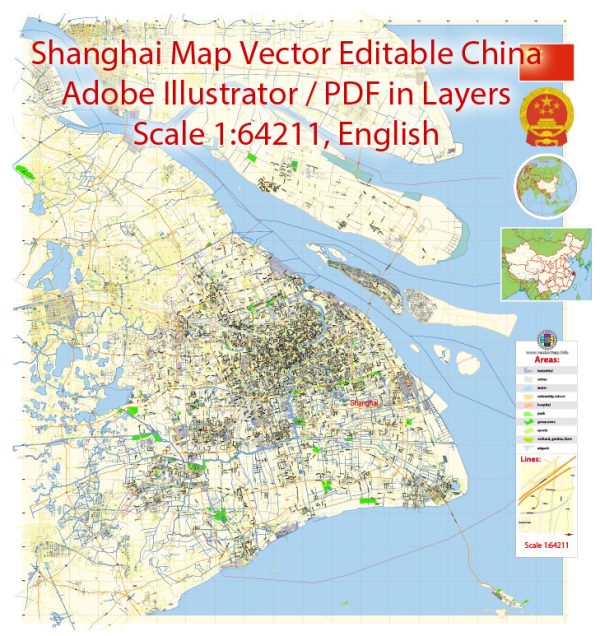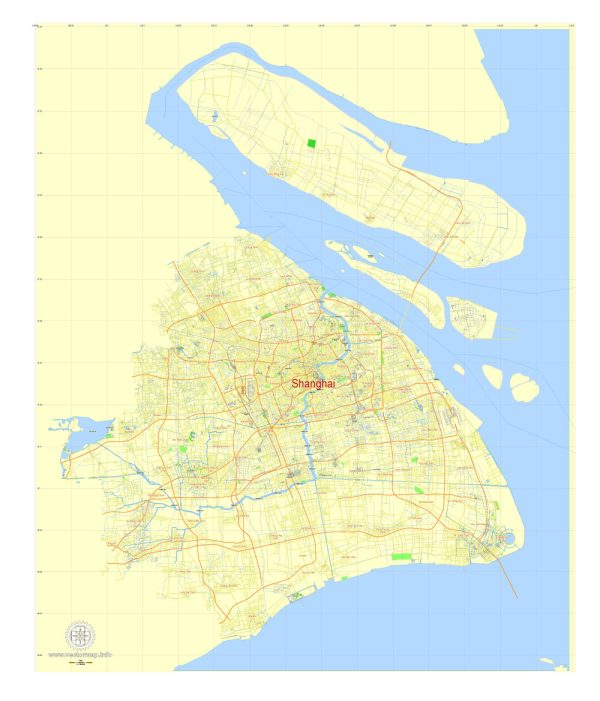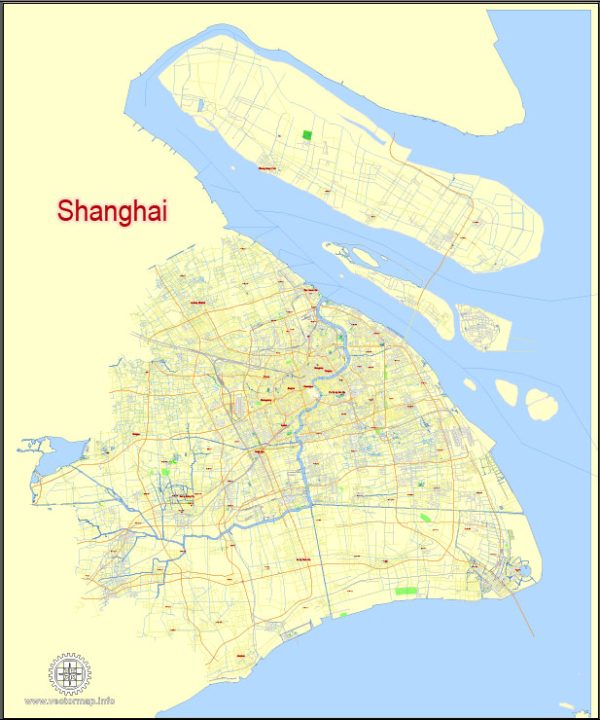Shanghai’s history of urban development is a fascinating journey that reflects China’s overall transformation from a traditional agrarian society to a global economic powerhouse. The city’s evolution can be broadly divided into several key phases:
- Early History (Before the 19th Century): Shanghai’s history as a significant settlement dates back to ancient times, with archaeological evidence suggesting human presence in the area over 5,000 years ago. However, it was during the Ming Dynasty (1368-1644) that Shanghai started to emerge as a market town and a strategic location for trade due to its proximity to the Yangtze River.
- 19th Century and the Opium Wars: Shanghai’s trajectory changed dramatically during the 19th century, particularly with the advent of the Opium Wars and the signing of the Treaty of Nanking in 1842. This treaty opened up Shanghai as one of the Treaty Ports, allowing foreign powers, including the British, French, and Americans, to establish concessions in the city. This period saw the rapid development of the Bund, the iconic waterfront area, which became a symbol of Shanghai’s international character.
- Early 20th Century and the Republican Era: The early 20th century witnessed Shanghai’s growth as a modern metropolis. The city continued to attract foreign investment, and its skyline saw the rise of Western-style buildings, blending with traditional Chinese architecture. However, this era was marked by political turbulence, with the overthrow of the Qing Dynasty and the establishment of the Republic of China in 1912.
- Japanese Occupation and World War II: Shanghai endured a difficult period during the Japanese occupation from 1937 to 1945. The city became a focal point of conflict during World War II, and its urban development suffered as a result of bombings and military activities.
- Post-World War II and the Communist Era: After World War II, Shanghai went through a process of rebuilding and recovery. However, with the victory of the Communist Party in 1949, the city, like the rest of China, underwent significant political and economic changes. Many foreign assets were confiscated, and the foreign concessions were abolished. Shanghai became a center of industrialization and socialism under the new government.
- Reform and Opening Up (Late 20th Century): The late 20th century marked a turning point for Shanghai with China’s policy of reform and opening up initiated by Deng Xiaoping. Shanghai once again became a major economic hub and a pioneer in economic reforms. The Pudong New Area, on the eastern bank of the Huangpu River, transformed from farmland into a gleaming financial and commercial district, showcasing modern skyscrapers and infrastructure.
- 21st Century: In the 21st century, Shanghai continued to be a global financial center and a symbol of China’s economic prowess. The city hosted the 2010 World Expo, which led to further urban development and infrastructure improvements. Shanghai’s skyline continued to evolve with the construction of iconic structures such as the Shanghai Tower, one of the tallest buildings in the world.
Throughout its history, Shanghai has undergone remarkable transformations, blending traditional Chinese culture with influences from various international sources. The city’s urban development reflects not only its economic progress but also its resilience in the face of historical challenges.




 Author: Kirill Shrayber, Ph.D.
Author: Kirill Shrayber, Ph.D.